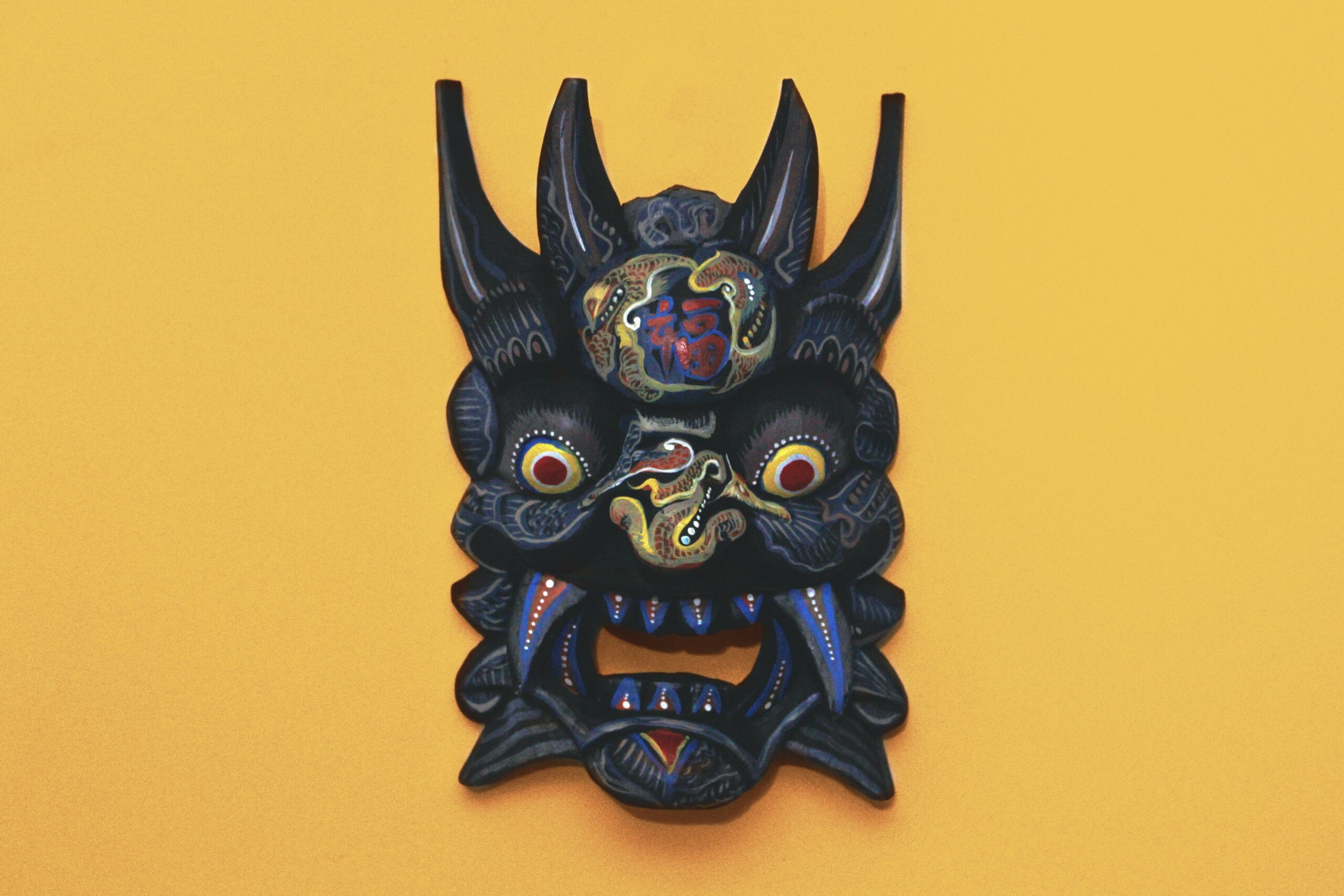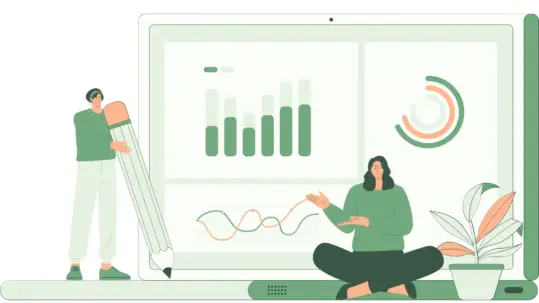
25 Jun Cultural Differences in Websites and E-commerce
In order to expand your business and reach new international customers, it is essential to consider the impact that certain aspects of culture can have on how websites look.
As a matter of fact, there’s no guarantee that a website or e-commerce platform designed for a specific market can easily be adapted to users in other countries. Various studies have shown that real cultural differences exist in terms of the design, content and communication of websites.
A business website is still considered today the main tool used by brands trying to communicate with customers in order to promote their own visual identity.
However, brands that aim to expand abroad must deal with the need to adapt their business website to the linguistic, cultural and aesthetic sensibilities of local users. A successful website can be easily understood in the target markets of various cultures only through effective localisation work.
- The cultural dimensions of Hofstede
- Cultural differences in websites
- Colours and emotions
- Images
- Power distance
- Individualism and collectivism
- Masculinity and femininity
- Long-term and short-term orientation
The cultural dimensions of Hofstede
The anthropologist Geert Hofstede defined six dimensions through which we can describe individual national cultures and better understand their various facets.
- power distance
- individualism/collectivism
- masculinity/femininity
- uncertainty avoidance
- long-/short-term orientation
- indulgence/restraint
Several studies maintain that a correlation exists between the prevalence of one of these dimensions within a cultural setting and some specific preferences associated with websites.
So, how can a website be adapted to different cultural contexts? Translating textual content can certainly be a good approach, yet this doesn’t necessarily mean that it will be enough. In many cases, if you want to grab the users’ attention, you may have to adapt your website to the local style of graphics and content.
Cultural differences in Websites
Let’s look at some practical examples to better understand which cultural differences can be spotted on websites and international platforms of e-commerce. Colour, for example, is considered an important element of the visual identity of a brand as it is capable of making a brand immediately recognisable and stirring up different emotions in consumers.
Colours and emotions
The same colour can however take on a completely different value depending on the cultural context. The colour white, which is associated with purity in many cultures, is instead related to death in others. Orange, depending on the context, can be associated with enthusiasm as well as sacredness. A “colourful” bit of trivia: it has been proven that the colour silver in Germany stimulates conversions more than the colour green.
Images
The choice of images, as well as many other factors, can be linked to certain cultural preferences. For example, more collectivist countries prefer to view group images on websites. In contrast, more individualistic countries tend to like images of just one person and those that are highly personalised.
Power distance
Users who belong to cultures where they find themselves at a great distance from power are more likely to prefer websites displaying clear and transparent texts and information that is easy to find. Whereas those belonging to cultures where they are within a short distance from power prefer sites that are interactive and highly engaging.
Individualism and collectivism
Users belonging to countries with a strong sense of individualism appear not to appreciate sharing personal information very much on contact forms. However, they do appreciate getting incentives, such as discounts and loyalty rewards after repeated purchases or after signing up on a form.
Users coming from highly collectivist countries, instead, love to be able to check reviews by other consumers and share their own purchasing experience on social channels.
Masculinity and femininity
Users associated with more “masculine” countries tend to prefer websites with plenty of descriptions and accurate technical information. In this case, it will be important to offer consumers a section dedicated to searching for information within the site itself and to organise the texts in a clear manner.
Users associated with more “feminine” countries prefer instead emotion-related content and prove to be more open to discussion and comments. In this case it’s therefore recommended to tap into the storytelling power of the business and dedicate ample space to customer opinions.
Long-term and short-term orientation
Consumers who fall within the cultural domain oriented toward the future like to take their time in formulating evaluations. For example, they appreciate all the tools that allow them to save products and information for another time in the future, as in a wish list.
Consumers oriented toward the present, in contrast, are more likely to prefer quick and risky decisions. For this reason, they are inclined to choose large call-to-action buttons that impel them to make purchases in a more decisive way.
In conclusion
The context of cultural differences in websites is truly vast and intriguing. There are many studies and various schools of thought on the subject, but the fact remains that managing to understand the tastes and preferences of your target audience in a culture can be a genuine advantage in the market.
Want to know more details about the world of localisation? Are you interested in the topic and would you like to learn more? Don’t hesitate to contact us. We’ll provide you with all the support you need.





